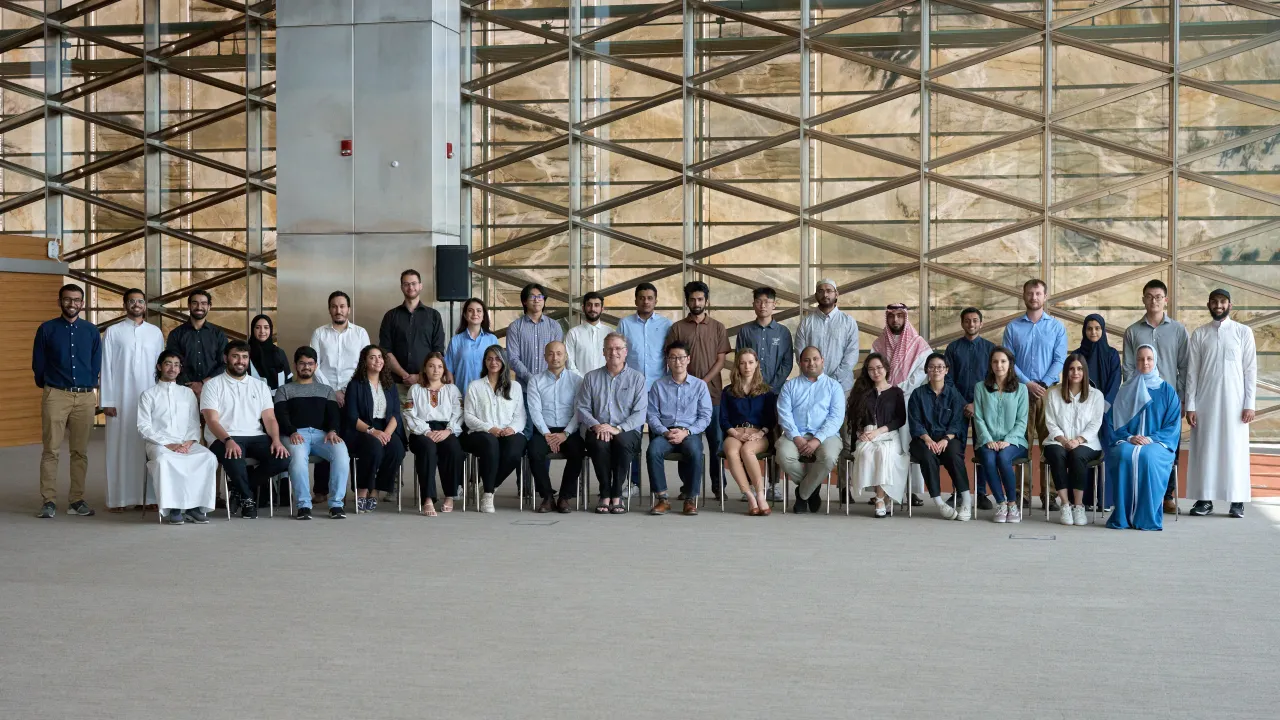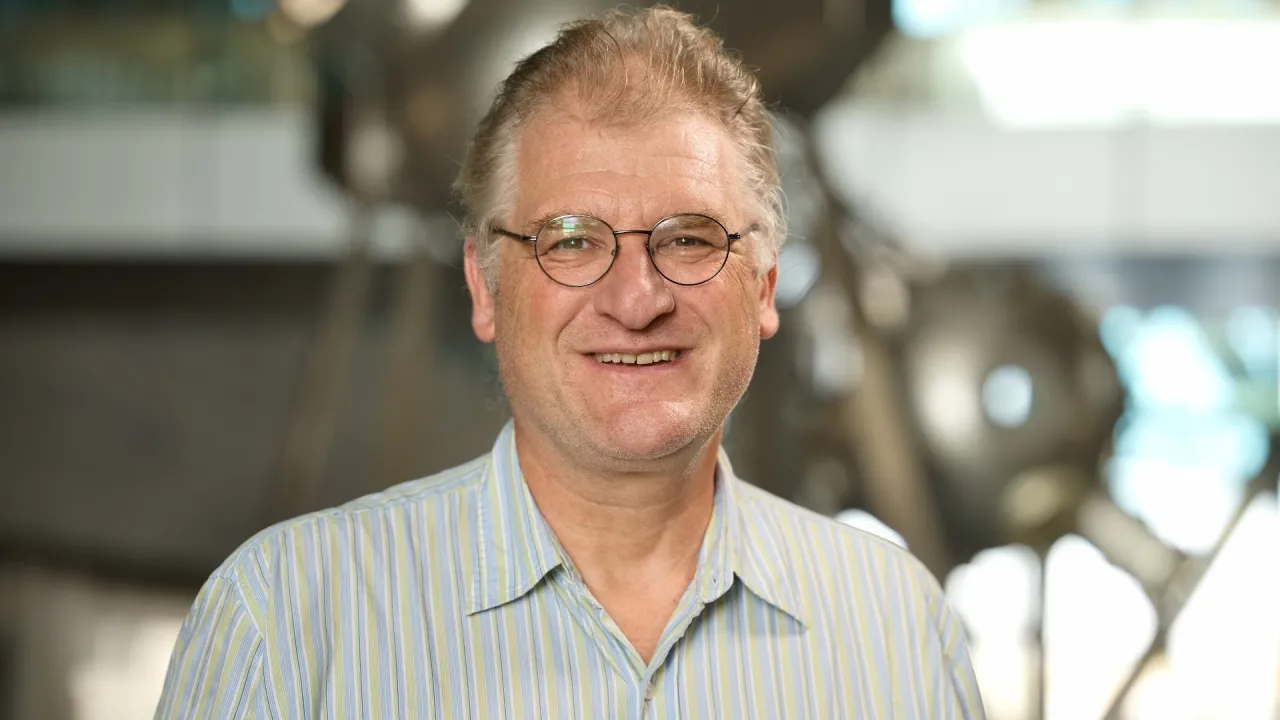Robotics, Intelligent Systems, and Control Lab

Robotics, Intelligent Systems, and Control Lab
The KAUST Robotics, Intelligent Systems, and Control Lab (KAUST RISC Lab) focuses on all aspects of robotics and embedded intelligence. RISC is engaged in a variety of projects involving intelligent autonomous systems either acting alone or within a distributed decision architecture with other autonomous agents and/or human actors. Representative topics of interest include aerial operations, underwater mapping and manipulation, robotic self-maintenance and regeneration, safe intelligence, and intelligent prothesis design.
Our research follows the broad themes of:
- Autonomy: Design of robotic systems with onboard intelligence to operate in complex environments with limited human supervision.
- Distributed Autonomy: Self-organization and adaptation of multi-agent autonomous systems and swarms.
- Humans & Machines: Systems where humans and robots collaborate.
- Robotic technologies: positioning, actuation, computer architectures, software engineering, cybernetics, and artificial intelligence.
We invite you to visit our YouTube Channel to watch the recordings of the talks from the KAUST Research Conference on Robotics and Autonomy (#RobotoKAUST)RISC logo adapted from RetroTech font by tcolson and licensed under CC BY-NC-SA 3.0 US.

